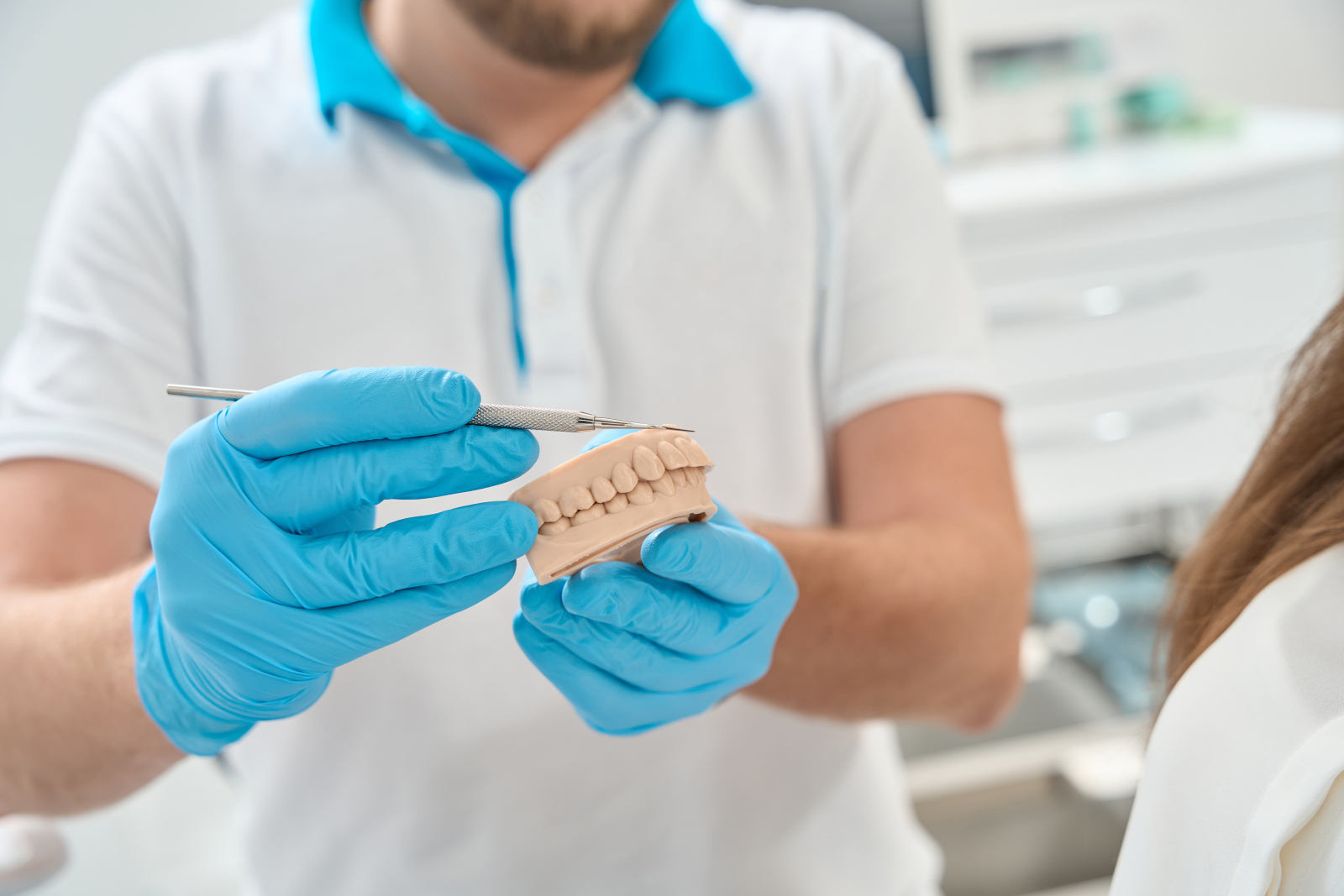Plaque is a soft, sticky biofilm that builds up on your teeth and contains millions of bacteria.
Bit of science here… the bulk of the microorganisms that form the biofilm are streptococcus mutans and other anaerobes that include fusobacterium and actinobacteria.
These microorganisms are all naturally present in your mouth and are normally harmless. However, if plaque bacteria aren’t removed effectively every day and are allowed to multiply into a thick layer, they can cause various dental diseases.
The microorganisms nearest to the tooth surface obtain their energy by fermenting dietary sugars. It’s during fermentation that they begin to produce acids. These acids cause tooth decay and lead to cavities.
Gingivitis is another common result of plaque build-up. The bacteria found in the biofilm elicit a host response, resulting in inflammation of oral tissues. This is usually indicated by signs of red, puffy gums and bleeding when you brush or floss. Gingivitis due to plaque can be reversed by thorough removal of the plaque i.e., brushing and flossing.
However, if left for an extended period, the inflammation can begin to affect the supporting structures of your teeth. This progression is known as periodontal disease.
Periodontal disease is an infection of the gums which leads to bone loss around the tooth, causing tooth mobility and even loss. Plaque is vital in the progression of periodontal disease as the bacteria in plaque release enzymes which attack the bone and cause it to break down. At the same time, osteoclasts within the bone start to break your bone down – a natural process aiming to prevent further infection.
All-in-all, plaque is a baddie! It basically causes tooth loss, either through decay or gum disease. It’s all preventable though, with daily brushing and flossing, as well as regular visits to your dentist and dental hygienist.
The most important thing to remember is without regular effective toothbrushing and interdental care to remove this harmful plaque, everyone is at risk of developing tooth decay and gum disease. If you already have gum disease, it is vital to adopt a thorough tooth cleaning regime and stick to it 100%.
We recommend brushing twice a day with an electric toothbrush. Hold the brush at a 45-degree angle to the gums and use circular motions to clean along the gumline and all dental surfaces. You should brush for at least 2 minutes, or as long as it takes to complete a thorough clean.
Finish your oral hygiene routine by taking the time to use interdental cleaning tools, like floss, a water flosser, or interdental brushes.
The shops are bursting with products that claim to ‘reduce plaque’ or ‘kill bacteria’ and no one seems to know what’s good anymore, so feel freer to ask for our recommendations when you visit.
We’re happy to provide tips on brushing and oral health in general, helping you to establish a routine which keeps that nasty plaque at bay.
We are here to help you with every aspect of your dental care and remember to ask if you are still unsure of what to do, or use. If we work together, we will win the war against plaque!
